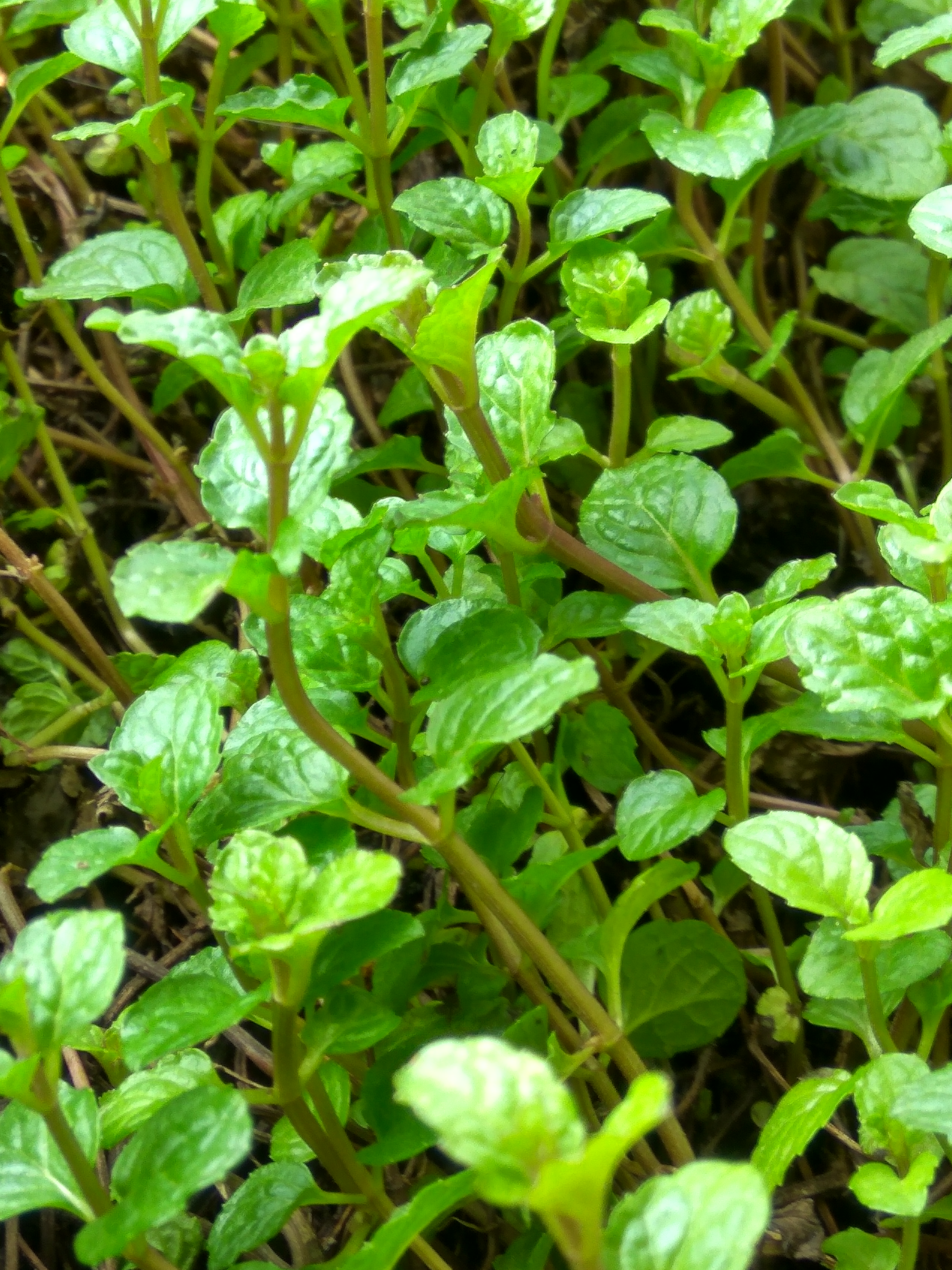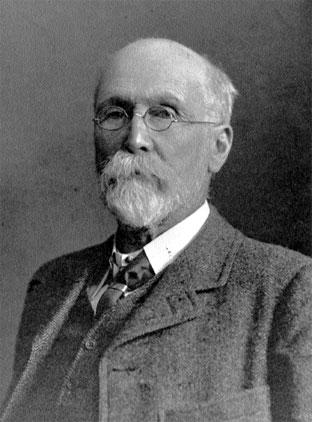|
Fox's Glacier Mints
Fox's Glacier Mints are a brand of boiled mint sold in the United Kingdom since 1918 and now manufactured by Valeo Confectionery. History Background Walter Richard Fox, the founder of Fox's Confectionery, originally manufactured sweets as part of the Joyce and Fox partnership, but this was dissolved in 1897. Fox continued to make confectionery, and was joined in 1914 by his son Eric. Product creation and development Glacier Mints were first created in 1918 by Eric Fox. To begin with, they were called Acme Clear Mint Fingers, but this was changed to Glacier Mints in 1919, apparently on the advice of Eric Fox's wife. From 1928, the mints have been individually wrapped. Since 1922, the mints have been branded with Peppy the polar bear, who was designed by Clarence Reginald Dalby. As part of an advertising campaign. Fox's commissioned a taxidermist to shoot and stuff a real polar bear for display purposes; the stuffed bear was shown at public events until in 1969, upon Fox's ac ... [...More Info...] [...Related Items...] OR: [Wikipedia] [Google] [Baidu] |
Fox's Glacier Mints Package
Fox's may refer to: * Fox's Biscuits, a bakery company in the United Kingdom * Fox's Confectionery, a confectioner in the United Kingdom **Fox's Glacier Mints Fox's Glacier Mints are a brand of boiled mint sold in the United Kingdom since 1918 and now manufactured by Valeo Confectionery. History Background Walter Richard Fox, the founder of Fox's Confectionery, originally manufactured sweets as par ... * Fox's Pizza Den, a pizza restaurant chain See also * {{Disambig ... [...More Info...] [...Related Items...] OR: [Wikipedia] [Google] [Baidu] |
Peppy The Polar Bear
Peppy (from ''peppermint'') is the polar bear mascot and icon of Fox's Glacier Mints, a brand of boiled mint manufactured by Fox's Confectionery in the United Kingdom. Peppy was introduced to confectionery packaging in 1922. At around the same time, Fox's commissioned a taxidermist to shoot and stuff a real polar bear, which was put out on display at such public events as football matches and carnivals to advertise the Glacier Mints. The exhibition was taken all over the country, and eventually incorporated as many as four other stuffed polar bears. In the 1960s, after the advent of televised advertising and after Rowntrees acquired the company, the exhibition was deemed politically incorrect and was removed from public circulation. Television commercials which featured Peppy were later produced. In 2003, the original Peppy – measuring high and long, and with an indeterminate gender – was donated to the Leicester Museum & Art Gallery in Leicester Leicester ( ) is a city s ... [...More Info...] [...Related Items...] OR: [Wikipedia] [Google] [Baidu] |
Brand Name Confectionery
A brand is a name, term, design, symbol or any other feature that distinguishes one seller's goods or service from those of other sellers. Brands are used in business, marketing, and advertising for recognition and, importantly, to create and store value as brand equity for the object identified, to the benefit of the brand's customers, its owners and shareholders. Brand names are sometimes distinguished from Generic brand, generic or store brands. The practice of branding—in the original literal sense of marking by burning—is thought to have begun with the ancient Egyptians, who are known to have engaged in livestock branding and branded slaves as early as 2,700 BCE. Branding was used to differentiate one person's cattle from another's by means of a distinctive symbol burned into the animal's skin with a hot branding iron. If a person stole any of the cattle, anyone else who saw the symbol could deduce the actual owner. The term has been extended to mean a strategic person ... [...More Info...] [...Related Items...] OR: [Wikipedia] [Google] [Baidu] |
Spearmint
Spearmint (''Mentha spicata''), also known as garden mint, common mint, lamb mint and mackerel mint, is native to Europe and southern temperate Asia, extending from Ireland in the west to southern China in the east. It is naturalized in many other temperate parts of the world, including northern and southern Africa, North America, and South America. It is used as a flavouring in food and herbal teas. The aromatic oil, called ''oil of spearmint'', is also used as a flavoring and sometimes as a scent. The species and its subspecies have many Synonym (taxonomy), synonyms, including ''Mentha crispa'', ''Mentha crispata,'' and ''Mentha viridis''. Description Spearmint is a perennial plant, perennial herbaceous plant. It is tall, with variably hairless to hairy stems and foliage, and a wide-spreading fleshy underground rhizome from which it grows. The leaves are long and broad, with a serrated margin. The stem is square-shaped, a defining characteristic of the mint family of herbs. ... [...More Info...] [...Related Items...] OR: [Wikipedia] [Google] [Baidu] |
Translucent
In the field of optics, transparency (also called pellucidity or diaphaneity) is the physical property of allowing light to pass through the material without appreciable light scattering by particles, scattering of light. On a macroscopic scale (one in which the dimensions are much larger than the wavelengths of the photons in question), the photons can be said to follow Snell's law. Translucency (also called translucence or translucidity) is the physical property of allowing light to pass through the material (with or without scattering of light). It allows light to pass through but the light does not necessarily follow Snell's law on the macroscopic scale; the photons may be scattered at either of the two interfaces, or internally, where there is a change in the index of refraction. In other words, a translucent material is made up of components with different indices of refraction. A transparent material is made up of components with a uniform index of refraction. Transparent m ... [...More Info...] [...Related Items...] OR: [Wikipedia] [Google] [Baidu] |
Rowntree's
Nestlé UK Ltd. ( ), trading as Rowntree's ( ), is a British confectionery brand and a former business based in York, England. Rowntree developed the Kit Kat (introduced in 1935), Aero (introduced in 1935), Fruit Pastilles (introduced in 1881), Smarties (introduced in 1937) brands, and the Rolo and Quality Street brands when it merged with Mackintosh's in 1969 to form Rowntree Mackintosh Confectionery. Rowntree's also launched After Eight thin mint chocolates in 1962. The Yorkie and Lion bars were introduced in 1976. Rowntree's also pioneered the festive selection box (a gift consisting of assorted bars and sweets) which in the UK have been a staple gift at Christmas for over a century. Founded in 1862, the company developed strong associations with Quaker philanthropy. Throughout much of the 19th and 20th centuries, it was one of the big three confectionery manufacturers in the United Kingdom, alongside Cadbury and Fry, both also founded by Quakers. In 1981, Ro ... [...More Info...] [...Related Items...] OR: [Wikipedia] [Google] [Baidu] |
Taxidermist
Taxidermy is the art of preserving an animal's body by mounting (over an armature) or stuffing, for the purpose of display or study. Animals are often, but not always, portrayed in a lifelike state. The word ''taxidermy'' describes the process of preserving the animal, but the word is also used to describe the end product, which are called taxidermy mounts or referred to simply as "taxidermy". The word ''taxidermy'' is derived from the Ancient Greek words (order, arrangement) and (skin). Thus ''taxidermy'' translates to "arrangement of skin". Taxidermy is practiced primarily on vertebrates (mammals, birds, fish, reptiles, and less commonly on amphibians) but can also be done to larger insects and arachnids under some circumstances. Taxidermy takes on a number of forms and purposes including hunting trophies and natural history museum displays. Unlike meat harvesting, taxidermy does not require killing an animal that could have otherwise remained alive. Museums use taxid ... [...More Info...] [...Related Items...] OR: [Wikipedia] [Google] [Baidu] |
Clarence Reginald Dalby
Clarence Reginald Dalby (28 January 1904 – 3 April 1983), born in Leicester, England, was the third illustrator of ''The Railway Series'' by W.V. Awdry and a Royal Air Force intelligence officer during the Second World War. History Dalby was born in Leicester in 1904. He disliked his first forename, Clarence, and never personally used it. In 1917, Dalby won a scholarship to Leicester College of Art and began his career as a freelance artist for various commercial firms. On 14 October 1943, during the Second World War, Dalby received an emergency commission in the Royal Air Force Volunteer Reserve, as an acting pilot officer (probationary) in the Administrative Branch. Regraded to pilot officer (probationary), on 9 December 1943, Dalby served as an intelligence officer in MI9, his duties primarily concerned with developing "escape and evasion" tactics. He was confirmed in his rank on 9 June 1944 and simultaneously promoted to flying officer (war-substantive). A temporary fligh ... [...More Info...] [...Related Items...] OR: [Wikipedia] [Google] [Baidu] |
The Friday Project
The Friday Project was a London-based independent publishing house, founded by Paul Carr and Clare Christian in June 2004. It evolved out of ''The Friday Thing'', an Internet newsletter taking an offbeat look at the week's politics, media activities and general current events, originally written together with Charlie Skelton. The Project was wholly concerned with finding material on the web and then turning it into traditional books, to the exclusion of normal publishing models. Additionally, they made a large amount of their output available free to download as part of the Creative Commons license. History In 2006, The Friday Project announced that it had hired Scott Pack, then Buying Manager at bookshop chain Waterstones, as TFP's Commercial Director. Pack took up the post in September 2006 at the end of a six-month notice period. In his job at Waterstones, Pack was once described by a newspaper as being seen by 'many' otherwise unidentified people as 'the most powerful m ... [...More Info...] [...Related Items...] OR: [Wikipedia] [Google] [Baidu] |
Pile Of Fox's Glacier Mints
Pile or Piles may refer to: Architecture * Pile, a type of deep foundation ** Screw piles, used for building deep foundations ** Pile bridge, structure that uses foundations consisting of long poles ** Pile lighthouse, a type of skeletal lighthouse, used primarily in Florida, US, and in Australia *** Screw-pile lighthouse, a lighthouse that stands on piles screwed into sandy or muddy sea or river bottoms Energy * Atomic pile, early term for a nuclear reactor, typically one constructed of graphite * Charcoal pile, a structure from wood and turf for production of charcoal * Voltaic pile, first modern electric battery People People with the name Pile: * Pile (surname) * Pile (singer) (born 1988), Japanese voice actress and singer, born Eriko Hori People with the name Piles: * Roger de Piles (1636–1709), French art theorist * Samuel H. Piles (1858–1940), American politician, attorney, and diplomat * Gerasim Pileš (1913–2003), Soviet Chuvash writer, playwright, sculptor ... [...More Info...] [...Related Items...] OR: [Wikipedia] [Google] [Baidu] |
Leicester Mercury
The ''Leicester Mercury'' is a British regional newspaper for the city of Leicester and the neighbouring counties of Leicestershire and Rutland. The paper began in the 19th century as the ''Leicester Daily Mercury'' and later changed to its present title. Early history The paper was founded by James Thompson, already proprietor of the ''Leicester Chronicle'' which he had merged with the ''Leicestershire Mercury'' ten years earlier. The ''Leicester Daily Mercury'' was an evening paper, the first to be published in Leicester, and provided support to the Liberal Party in the general election. The first issue was published on 31 January 1874 from the paper's offices at 3 St Martin's, consisting of four pages of five columns each. The paper had a staff of 25 and a circulation of 5,000. Recent history The ''Leicester Mercury'' has experienced declining circulation, similar to other regional British newspapers. The paper had an average circulation of 69,069 per day in the first half ... [...More Info...] [...Related Items...] OR: [Wikipedia] [Google] [Baidu] |
The Times
''The Times'' is a British Newspaper#Daily, daily Newspaper#National, national newspaper based in London. It began in 1785 under the title ''The Daily Universal Register'', adopting its modern name on 1 January 1788. ''The Times'' and its sister paper ''The Sunday Times'' (founded in 1821), are published by Times Media, since 1981 a subsidiary of News UK, in turn wholly owned by News Corp. ''The Times'' and ''The Sunday Times'' were founded independently and have had common ownership only since 1966. It is considered a newspaper of record in the UK. ''The Times'' was the first newspaper to bear that name, inspiring numerous other papers around the world. In countries where these other titles are popular, the newspaper is often referred to as or , although the newspaper is of national scope and distribution. ''The Times'' had an average daily circulation of 365,880 in March 2020; in the same period, ''The Sunday Times'' had an average weekly circulation of 647,622. The two ... [...More Info...] [...Related Items...] OR: [Wikipedia] [Google] [Baidu] |




